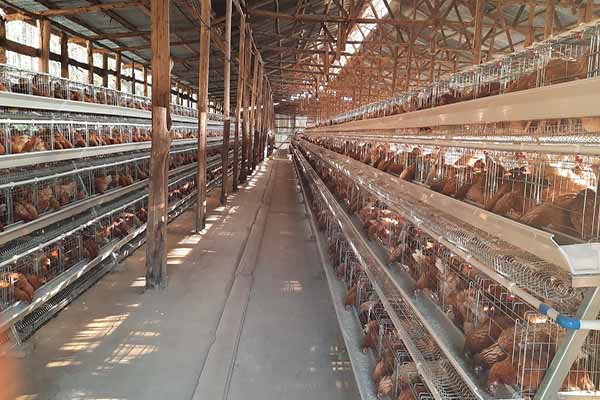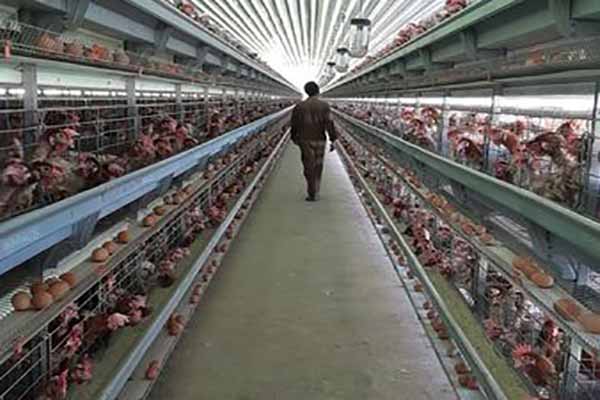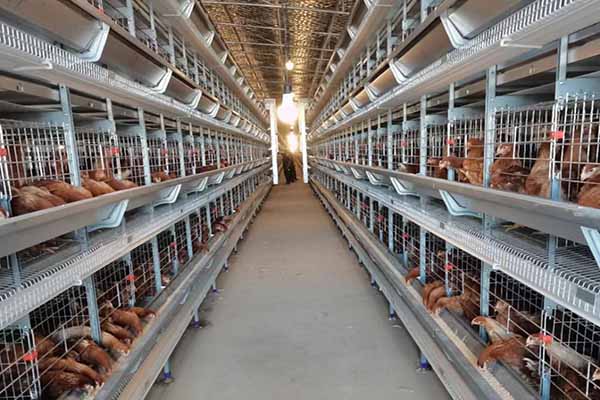Battery Cage Tested for Hot Regions: Enhancing Poultry Farming Efficiency
As the poultry industry continues to evolve, ensuring the comfort and health of birds in hot regions is crucial. Battery cages, a common housing system, must be tested and optimized for these challenging environments. In this article, we delve into the importance of testing battery cages for hot regions and their impact on poultry farming efficiency.

Understanding the Challenges
Hot regions pose unique challenges for poultry farming. High temperatures can lead to heat stress in birds, affecting their growth, egg production, and overall health. Battery cages, designed for controlled environments, need to be adapted to withstand extreme heat.
- Heat stress can reduce feed conversion ratio.
- Birds may exhibit reduced feed intake and egg production.
- Increased mortality rates can occur during extreme heat.
Testing Battery Cages for Hot Regions
Testing battery cages in hot regions is essential to ensure their effectiveness and safety. Here are some key aspects to consider during the testing process:
- Temperature and Humidity Control: Battery cages should be tested under various temperature and humidity conditions to ensure they can maintain a comfortable environment for the birds.
- Airflow and Ventilation: Proper airflow and ventilation are crucial for dissipating heat and preventing heat stress. The testing should evaluate the cage’s ability to provide adequate ventilation.
- Insulation and Material: The material and insulation of the battery cage should be tested to ensure they can withstand high temperatures without compromising the birds’ comfort.
- Watering and Feeding Systems: The effectiveness of watering and feeding systems in hot conditions should be assessed to ensure birds have access to essential nutrients and hydration.
Results and Benefits
Testing battery cages for hot regions has several benefits for poultry farming:
- Improved bird welfare and health.
- Increased feed conversion ratio and egg production.
- Reduced mortality rates during extreme heat.
- Longer lifespan of battery cages, leading to cost savings.
According to a study by the Poultry Science Association, farms implementing optimized bat tery cages in hot regions experienced a 15% increase in egg production and a 10% reduction in feed conversion ratio.
tery cages in hot regions experienced a 15% increase in egg production and a 10% reduction in feed conversion ratio.
Conclusion
Testing battery cages for hot regions is a crucial step in ensuring the success of poultry farming in challenging environments. By implementing these optimized cages, farmers can improve bird welfare, increase productivity, and reduce costs.
For more information on battery cage testing and optimization for hot regions, f eel free to leave a comment below or contact us for a free, personalized poultry farming design and equipment quote.
eel free to leave a comment below or contact us for a free, personalized poultry farming design and equipment quote.




